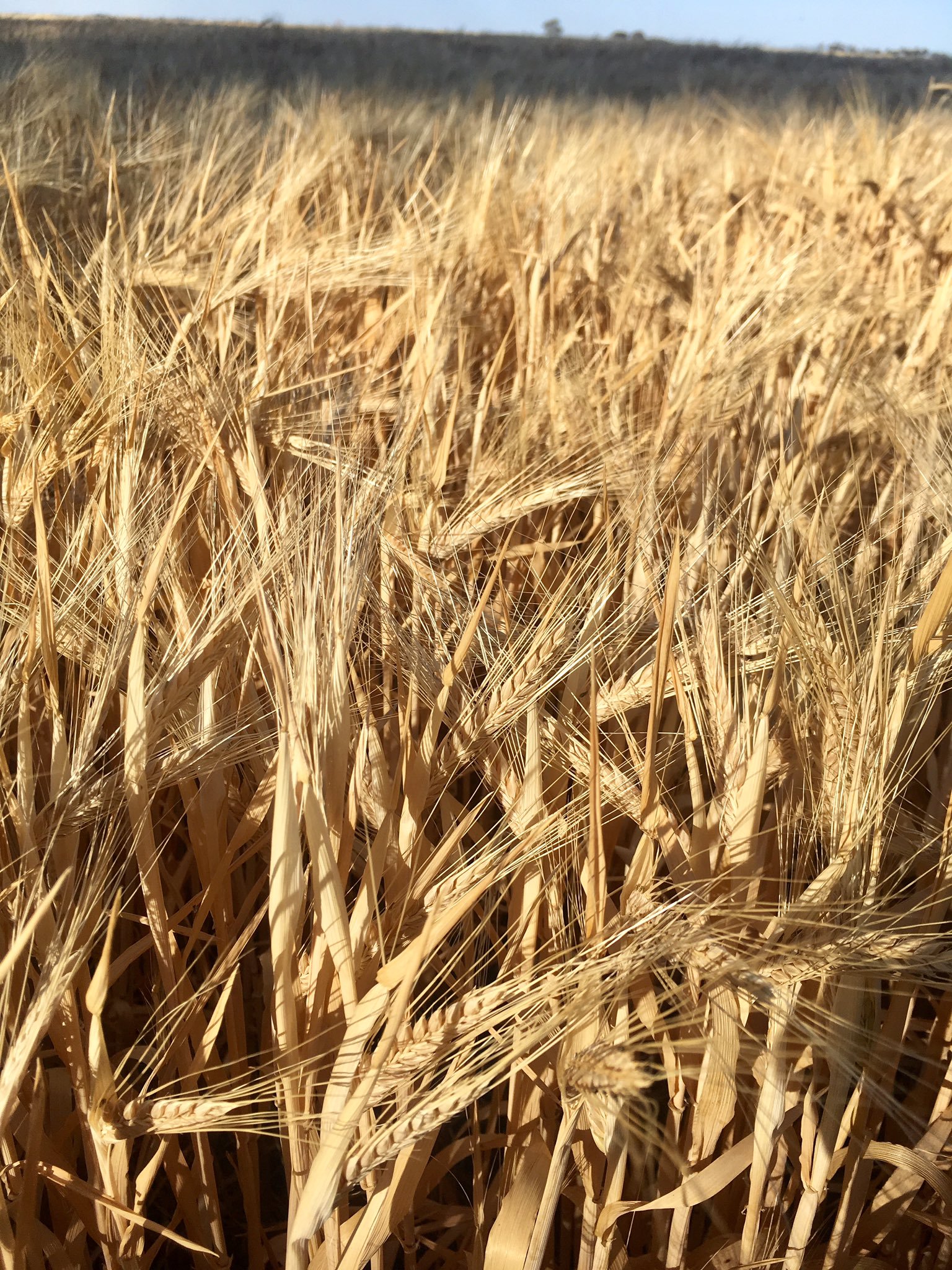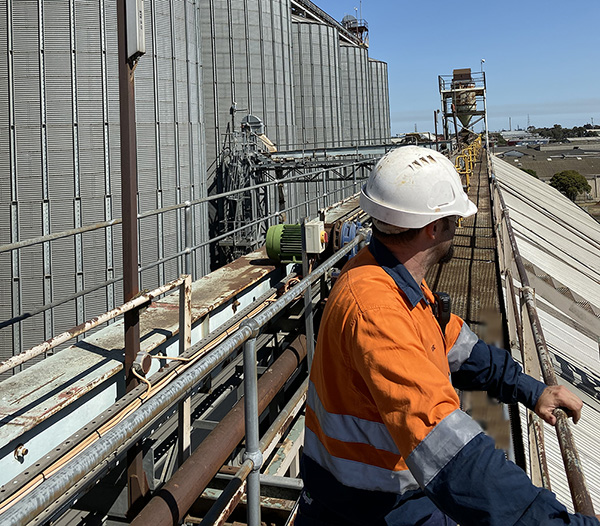Time running out for sorghum
by James Massina
Late last week China confirmed that they weren’t in a position to make a ruling on the alleged dumping of Australian barley into their country and subsequently have prolonged this process by the requisite six months to May 2020. The market widely regarded this decision as unsurprising and prices have been more or less unchanged as a result. Much has been said about the Australian barley SnD for the 19/20 season and what China means for it. Malting barley continues to be exported to China, albeit on a much smaller scale than in previous years. China will re-enter the broader Australian barley market, the only question is, when. With a national barley crop bigger than last year, and within that, a crop in Victoria that is sizably bigger than 18/19, the common thought is we need China back to help solve the supply surplus.
Northern domestic markets remain largely unchanged recently but for sorghum which continues to remain firm as time runs out for a sizeable plant. The traditional planting dates for Southern Queensland and Northern New South Wales are passing by and today it feels like we’re on track for the smallest sorghum crop in many years driving prices to levels we have not seen for some time. Needless to say, the supply shortage created by the reduced sorghum plant will have to be filled by white grains from interstate and with a larger crop in Victoria this year, expect that a lot of this grain will flow north by road and rail.
Harvest has been a little stop/start in some regions due to cool weather and rainfall in various cropping regions. When the headers have been rolling, it appears the grower has been reasonably happy with the prices available and been willing to make sales. With wheat and canola pricing in most zones across the country at decile eight levels and above, this is not a surprise. Admittedly, barley prices are generally more in the decile five to seven range, and with a desire to hold barley for one’s own feed use or sell into the domestic market later, barley is being held somewhat more tightly than other commodities.
From a quality perspective, the early indications for wheat are broadly as expected given the season.. Overall, the quality has been relatively good with a fair portion of higher protein making the APH1/APH2 grades in the north and H1 and H2 further south. The story is reportedly similar in the west with a large proportion of hard wheats and APW1. Canola quality has been mixed and again. This should not be a huge surprise given growing season conditions. Low oil and low test weight has been evident throughout New South Wales though expect the quality to improve as the harvest moves further south. For barley, it’s a similar story to canola. New South Wales has seen a large proportion of the crop registering high protein and high screenings though Victoria is well placed to increase the malt selection across the crop.
Rains and cooler weather slowing down harvest progress

Last week’s rain events throughout New South Wales saw up to four inches fall in parts, proving to be more of a hinderance than help given the volume of exposed hay sitting in paddocks and maturity of the crop.
Read MoreSmall relief, but can it restore belief?

Much needed rain fell over most of NSW at the end of last week, and then continued right through the weekend as the system moved slowly through inland areas.
Read MoreZERO Harm is not just a goal, it's an expectation

Safety is not a topic that people openly talk about often, until something goes wrong. This week, locations across our business are participating in Cargill’s Global Safety Week, unifying our teams on ZERO HARM.
Read MoreLIFEsavers and Zero Harm - Kicking off Global Safety Week

Why safety and zero harm is a personal subject for Cargill Australia's Managing Director, Erik Wibholm
Read More